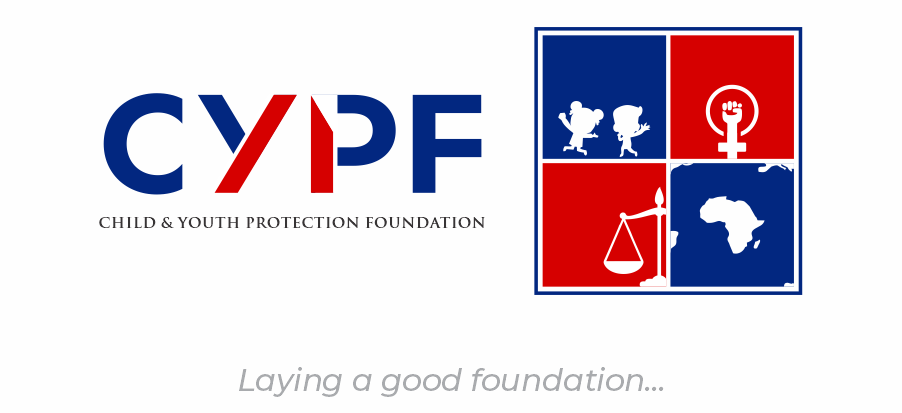

My first visit to a police station occurred when I accompanied my father to bail out his mechanic for a petty offense. I never came close to the station’s cell chambers, but even as a child, I could sense the uneasiness and terror emanating from the station’s interior. I told myself that it was not a suitable environment for a child. I was only thirteen years old when this happened. Even as a young adult, I would never want to find myself or anybody I know incarcerated in a cell.
In 2003, Nigeria enacted the Child Rights Act (CRA) into law. This Act is intended to protect children’s welfare, education, and safety. The Act emphasizes that protecting children’s rights is the responsibility of both the family and the state, notably law enforcement organizations such as the police. The police are responsible for investigating cases of abuse, neglect, trafficking, and exploitation, as well as protecting the safety of children. Despite the importance of their position, the police have significant problems in adequately implementing the CRA.
The police’s role in implementing the Child Rights Act
●The police are in charge of enforcing the CRA by preventing child abuse, investigating crimes against children, rescuing vulnerable children, and working with other organizations to provide comprehensive support. Their responsibility also includes teaching communities about children’s rights and creating a climate in which individuals feel comfortable reporting abuse. Ultimately, law enforcement should be the first line of defense in protecting distressed children.
Some challenges in enforcing the Child Rights Act include a lack of specialized training for police personnel to handle delicate issues like sexual assault and child labor.
Without specific training in trauma care, they may accidentally damage vulnerable youngsters.
● Resource Constraints: Due to insufficient funds and personnel, rural police stations struggle to prioritize child protection matters. Due to a lack of resources, urgent child welfare issues are delayed and not addressed adequately.
● Corruption and Accountability Issues: Corruption within the police force can lead to a lack of priority given to child protection cases, especially when bribery or other unethical practices are involved. This not only undermines the CRA but also erodes public trust in law enforcement.
● Cultural and societal barriers, such as child marriage and corporal punishment, can hinder adherence to CRA principles. When implementing child protection legislation, the police may encounter community hostility, making it difficult to preserve children’s rights in some places.
● Insufficient interaction with other agencies: safeguarding kids requires a multi-agency strategy, yet police often lack coordination with other groups like child welfare services, healthcare providers, and non-governmental organizations (NGOs). This lack of teamwork might cause delays in treatments and fail to satisfy the holistic needs of children in crisis.
Recent Controversy: Detention of Minors After Protests
A recent event involving the arrest of youngsters during protests in Nigeria has raised concerns about the police’s handling of child rights. Following protests over rising living costs, 29 adolescents were held for more than two months on charges including treason. Some families claimed that their children were innocent bystanders, yet they were detained in prison under severe conditions. This sparked enormous public outrage and criticism from child rights organizations such as UNICEF, who urged the police to deal with cases involving children with more care and adherence to the CRA.
In response to the controversy, President Bola Tinubu ordered the youngsters’ release and requested an investigation into the police’s activities. This episode demonstrated the significance of specific training and responsibility in the police force, especially when dealing with adolescents in sensitive situations.
Enhancing the Police’s Role in Child Protection
To improve police officers’ effectiveness in protecting children, they must be taught in child protection, trauma-informed care, and dealing with sensitive cases to ensure they respond correctly to children’s needs.
Additionally, appropriate resources and staffing are required for police stations to prioritize child protection cases, especially in poor areas. Providing services such as child protection units within police departments is critical. Stronger accountability and anti-corruption measures should be developed to combat police corruption. Transparency in the handling of child protection matters can help to reestablish public trust. Community engagement is also quite important. It is critical to build confidence between law enforcement and communities. Public education about children’s rights and outreach programs can help boost cooperation with law enforcement and encourage abuse reporting.
Finally, there must be better inter-agency coordination. The police must work more closely with other child protection agencies to give a coordinated and holistic response to child welfare issues. Regular collaboration between police, welfare services, and non-governmental organizations (NGOs) will enhance results for children in need.
The police play an important role in upholding the Child Rights Act in Nigeria. While they confront substantial problems such as insufficient training, low resources, and societal restrictions, overcoming these obstacles is critical for children’s safety. The latest incidence of youngsters detained during protests is a harsh reminder of the importance of specialized law enforcement handling of child-related concerns.
By enhancing training, strengthening resources, enforcing accountability, and fostering teamwork, Nigerian police may better defend children’s rights and uphold the CRA’s values.
BY
Samuel Oluwfikayomi Osoba


